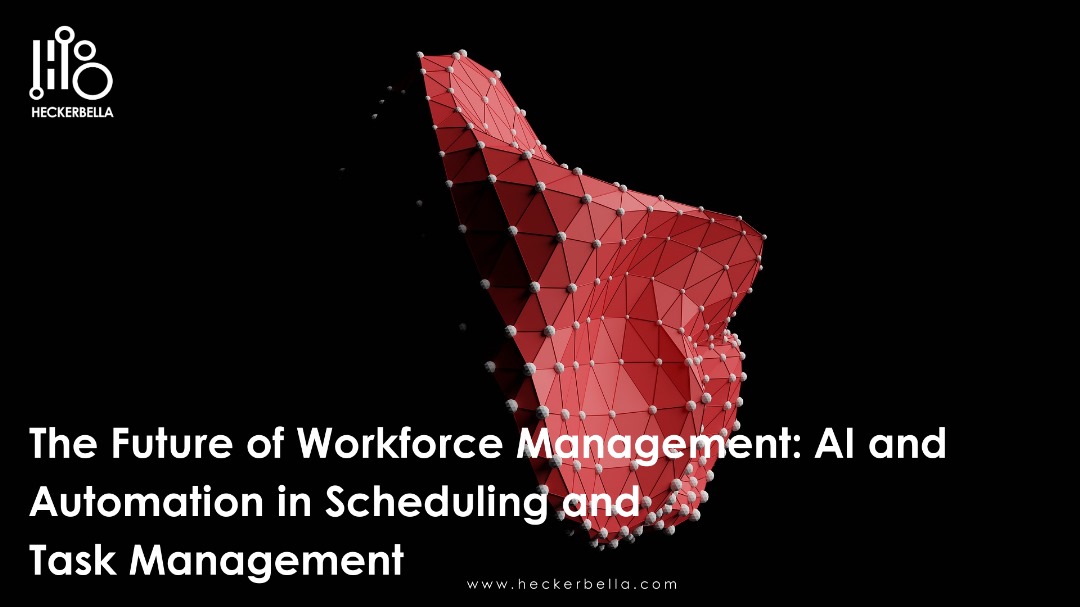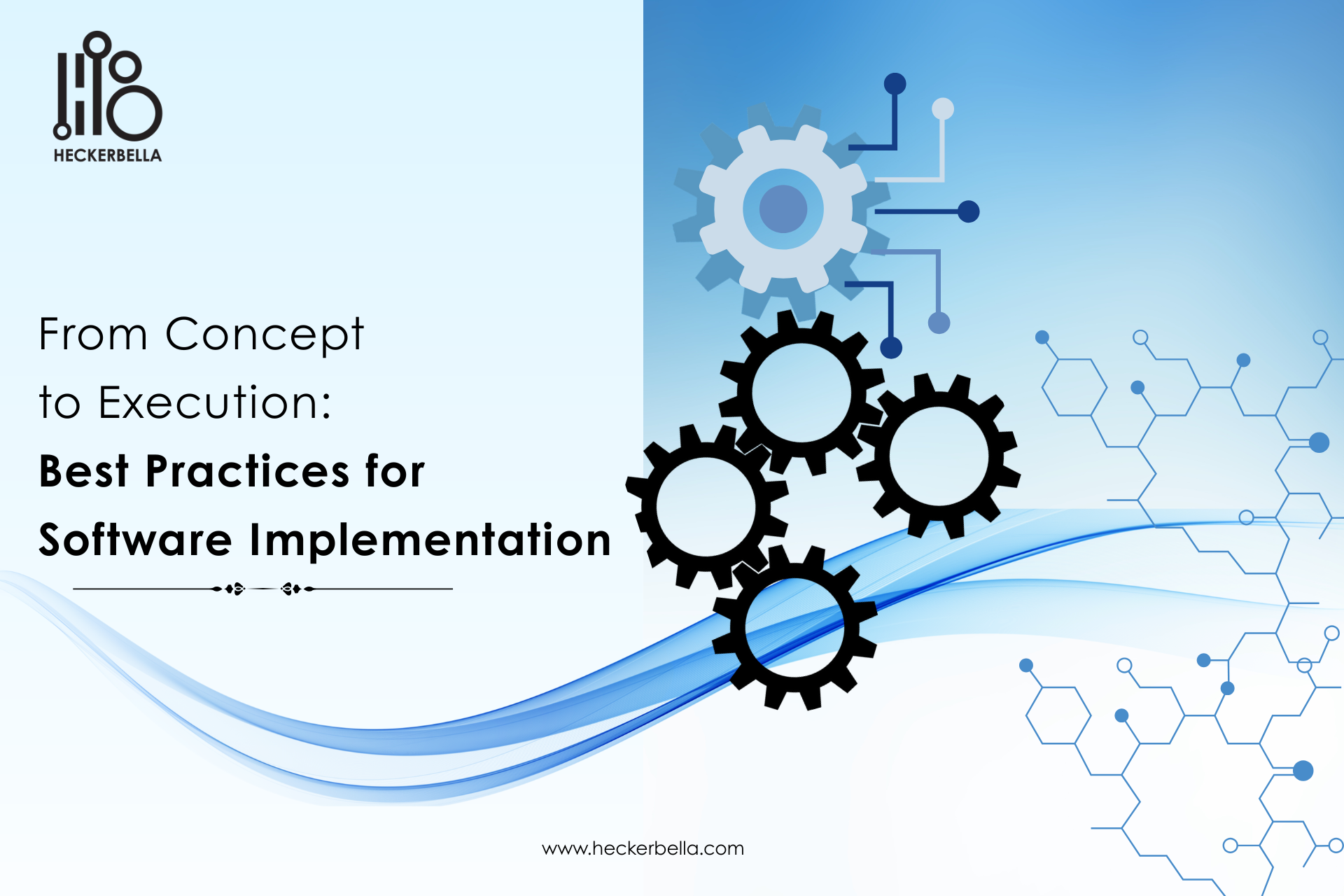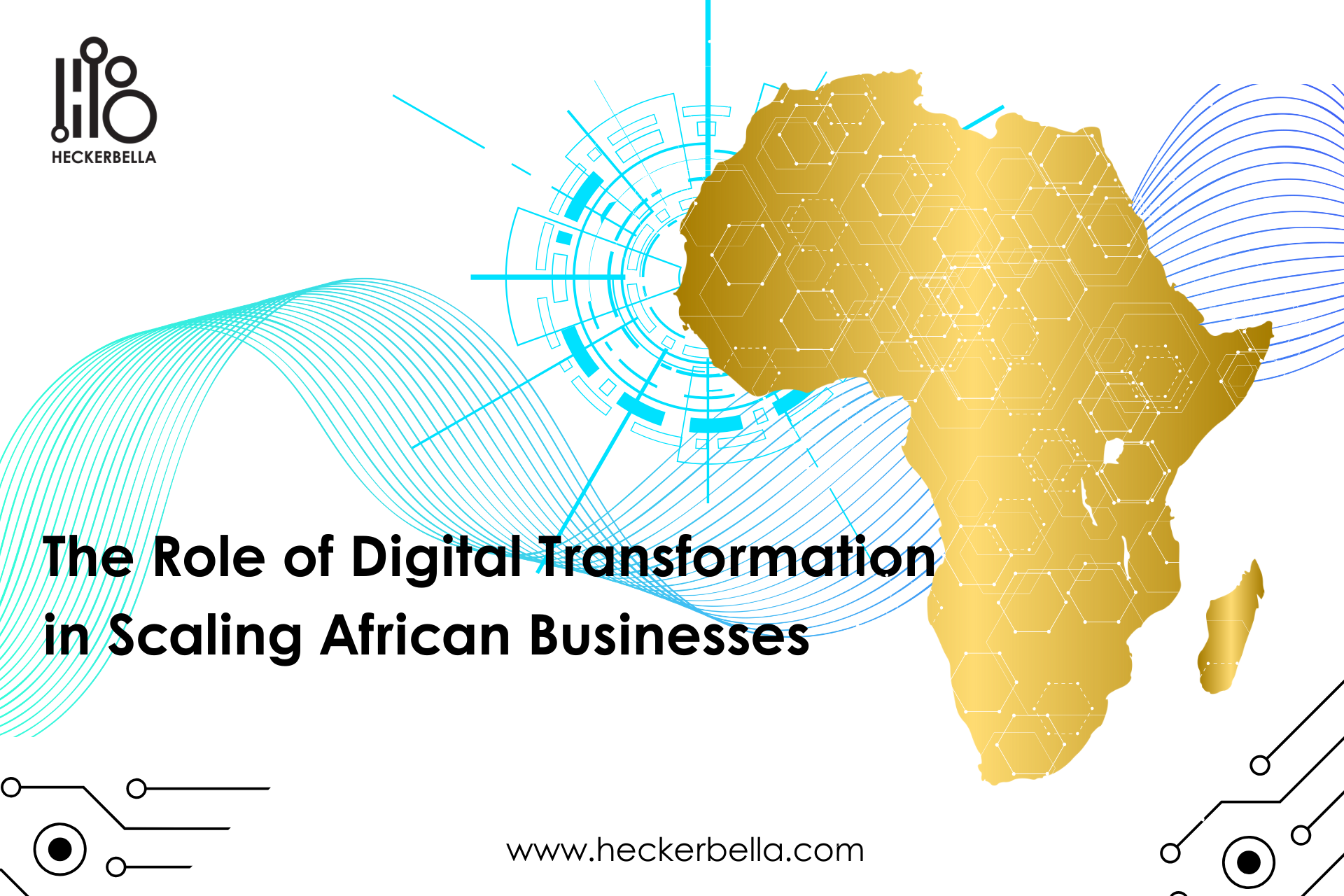Workforce Management Trend in 2025; AI and Automation in Task Management

As artificial intelligence (AI) and automation mature, their roles in workforce task management are transforming business operations by increasing productivity, enhancing employee satisfaction, and reducing human error. In 2025, organizations will increasingly rely on AI to streamline repetitive tasks, from scheduling and data entry to resource allocation, which allows employees to focus on strategic, growth-oriented projects. Here’s how AI-driven automation is redefining the future of task management and optimizing workforce efficiency:
Key Areas of AI Impact on Task Management
1. Intelligent Scheduling Systems
AI-powered scheduling tools go beyond simple calendar management, considering real-time availability, productivity trends, and personal preferences. Automated scheduling adapts dynamically to changes, promoting employee well-being by aligning with preferred working hours and reducing burnout. By ensuring employees can work at their most productive times without compromising team needs, these systems enhance overall productivity.
2. Streamlined Resource Allocation
Automated resource allocation tools assess workload demands, project timelines, and employee skill sets to optimize team assignments. In project-based workflows, AI can assign employees to tasks based on real-time data on skill requirements, availability, and historical performance. This results in fewer bottlenecks and more efficient project outcomes, allowing for flexible scaling as the organization grows.
3. Predictive Task Management
Leveraging predictive analytics, AI anticipates workload spikes, staffing needs, and potential project delays. Managers gain foresight into resource demands, allowing proactive decision-making for staffing and workload adjustments. This predictability in task management minimizes last-minute adjustments and improves operational stability.
4. Enhanced Accuracy in Administrative Functions
AI minimizes errors in attendance tracking, compliance documentation, and payroll processing. Automated time-tracking tools can seamlessly integrate with payroll systems, reducing manual data entry and enhancing compliance management. With accurate performance and productivity data, leaders can make well-informed decisions that drive business success.
5. Boosting Employee Satisfaction and Strategic Focus
By removing repetitive tasks from employees’ daily responsibilities, AI allows them to focus on more impactful work, which increases job satisfaction and overall engagement. A workforce that concentrates on high-value tasks cultivates an innovative, forward-thinking culture that aligns with broader organizational goals.
Opportunities with AI-Driven Task Automation
- Operational Efficiency: Automated scheduling and resource allocation free up team resources, ensuring tasks are completed quickly and accurately.
- Data-Driven Insights: With AI tracking performance data, organizations receive valuable insights for strategic workforce planning.
- Scalable Growth: AI solutions can handle increased demand without the need for additional administrative hires, making it an efficient choice for growing organizations.
Challenges in Adopting AI Automation
- Implementation Costs: Integrating AI tools requires an upfront investment in technology and training.
- Data Security: Protecting employee data remains essential as AI analyzes sensitive information.
- Change Management: Employees may resist automation, requiring careful change management strategies to gain acceptance.
Mitigating Risks in AI Task Automation
- Cybersecurity Protocols: Use robust encryption and regular security audits to maintain data integrity.
- Training Programs: Continuous training helps teams adapt to AI tools, maximizing benefits and usage.
- Gradual Integration: Implementing AI in stages reduces resistance and allows employees to adapt to the new tools progressively.
Way Forward: Strategic Implementation for Long-Term Success
For executives aiming to harness the power of AI in task management, consider a phased, data-centric approach that aligns with organizational goals. Begin with high-impact areas like scheduling and resource allocation, focusing on building a culture that values innovation and data-driven decision-making. Regular evaluations and feedback from employees will ensure the technology aligns with both company objectives and team dynamics.
The future of AI in task management extends beyond efficiency gains. It empowers organizations to foster agile, adaptable work environments where both leaders and employees can thrive. For CEOs and C-suites, embracing AI represents an opportunity to boost productivity, improve employee engagement, and stay ahead in a rapidly evolving business landscape.




